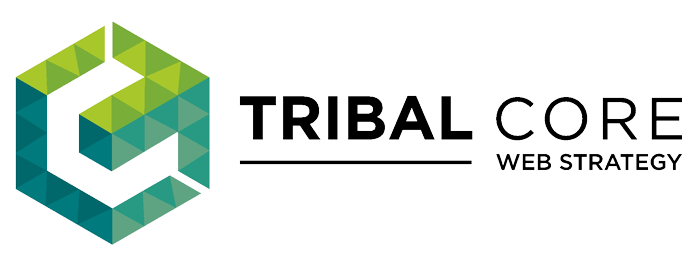We’ve been developing content for clients for over 20 years. We’ve always focused on effective well-written content that can rank well in organic search and speak to a target audience.
A few months back, a valued client reached out regarding a blog post we had written and delivered. The content, he said, was run through an AI checker and came back as likely AI content. Except it wasn’t.
This opened a remarkable can of worms that has invited us to reimagine how we can continue to provide quality content that moves the needle in an AI age.
Some key questions surfaced:
- How does Google feel about AI content?
- How do clients feel about AI content?
- How do we feel about AI content?
- Does AI have a role in creating content?
- Do humans have a role in creating content?
- How do we add value?
More questions arose. How does all this translate to process, evaluation and quality control? What tools do we need to add to our production stack? How can we build in reliability and resiliency?
To make a fairly long story short: this re-imagination has led us to a hybrid model whereby we can leverage the benefits of AI and people alike to develop ever-better content that reads well, covers topics comprehensively and can compete in organic search for years to come.
When an article of content is written in the first place, we want that written by a human, full-stop. We want character and personality, and an eye for a turn of phrase. And as the vast majority of our client portfolio is here in the United States, we want to employ US-based writers and editors who can pick up on and utilize the nuances of American English. Depending on the volume of deliverables in our content pipeline, we’ll rely on a mix of in-house writers and a single content partner we’ve been working with for a decade.
The research process for that article is a different story. We find that AI can be a very useful tool in establishing contours. It helps us build the framework of the article. We still consider the equivalent of a term-paper outline to ultimately be a human task, but one that can be aided by AI tools, in terms of what should be in that article in order to write about a topic comprehensively.
Next step in the process is editing. We have multiple edits, again all human. For our clients in more technical industries, such as law, medicine and technology, we have editors with extensive business journalism experience to help us deliver content that is as shovel-ready as possible.
We’re not yet done creating great content. Next up is our updated content stack. A stack is a set of tools to facilitate a process or a product. For instance, WordPress is typically hosted on a LAMP stack (Linux, Apache, MySQL, PHP). So our content stack includes three primary functions:
- AI Checker – to tell us how much of the content is AI, and the likelihood that the content is AI
- Plagiarism Checker – to ensure we aren’t cribbing from another article somewhere out there on the web
- Grammar and Spelling Checker – to present high-quality content that reads well and pays attention to the details.
Even though we largely write in-house, we still run our checks, because it’s important that our clients know we have a process and can stand behind our work.
For what its worth, we’ve found that AI Checkers are wildly divergent in their ability to flag AI content; also on a wide spectrum are the metrics the AI Checkers use to communicate the results. In fact, false positives are all too frequent, where even articles written in-house by real human beings are being flagged as AI. You can imagine this is frustrating for the writer, us as an agency and clients alike. This isn’t confined to marketing – higher education (as just one example) is struggling with this as well.
One disturbing trend here is the research that asserts that data for AI training is disappearing, per the NY Times. If AI increasingly is consuming AI content to train itself, then the lines will continue to blur between what content is human and what is AI, making fact-checking and AI detection ever more difficult. All the more reason to define how we work with humans and AI alike, in service of our clients.
Our clients typically are looking for a comprehensive approach to content. We’ve addressed this by rounding out what we call a Content Package. Our Content Packages, inclusive of a 1,000 word blog post, are packaged up with blog post images, social media images and SEO guidance. Our end-to-end process looks something like this:

The images themselves are formatted for the web, and for social media platforms specifically. For our clients that want to DIY their images, we provide a Creative Brief, which you are welcome to use for your own projects.
Typically we do not use AI imagery, instead largely relying on either client-supplied images or royalty-free images, depending on the level of quality provided to us. We superimpose text over the images so that they really pop.
As an aside, I wanted to see what ChatGPT would generate for us if I requested a “boring” image. The header image above is what ChatGPT generated for us, describing it as a “very plain and uninteresting landscape, designed to evoke a sense of monotony and simplicity.” Pretty spot-on!
Lastly, we provide SEO guidance. This includes a Meta Title, Meta Description, Permalink, Hero Image Alt Text, Share Copy for social media and Hashtag research. We want to make it as easy as possible to plug-and-play the content we provide, while still maximizing the SEO value of that content.
The bottom line here is that we are dedicated to evolving and navigating the ever-changing online landscape. Our clients expect it of us, and we expect it of ourselves. If you have any questions about our process or are interested in working together, let’s talk! We’d love to be of service.

